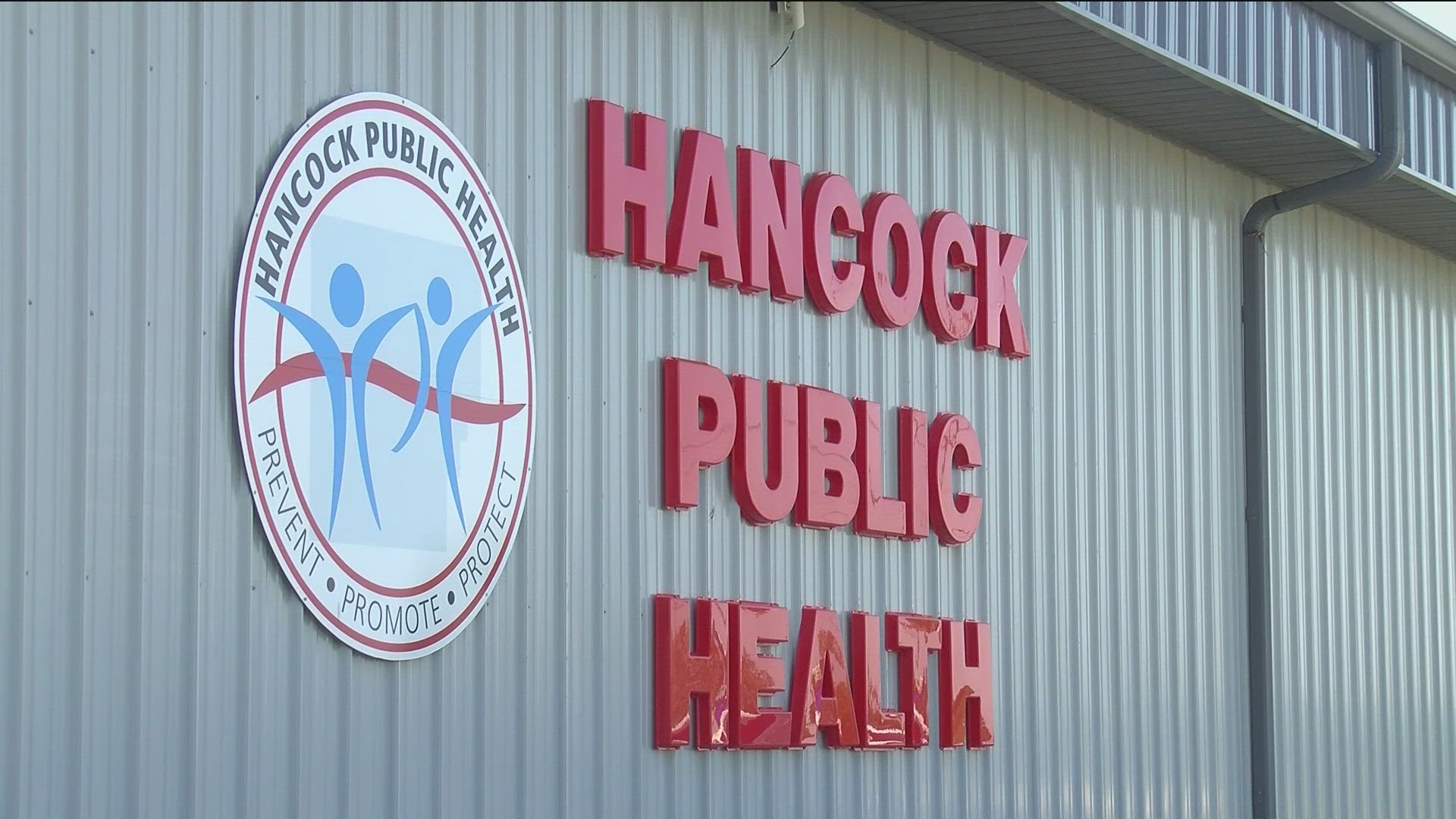TOLEDO, OH (WTOL) - In the city's water quality reports, microcystin has been labeled as non-detect for the last four years.
On August 5, the report showed up 0.131 parts per billion of microcystin.
City leaders are confident in saying there is no issue with the water, and that this isn't something neighbors should be worried about.
"There was absolutely no problem with the testing, what we did is report the numerical number result of the test, instead of writing down non-detect," said Andy McClure, the Administrator of the Collins Park Water Treatment Plant.
Non-detect, according to the Ohio EPA, is anything below 0.3ppb. To put this into perspective, that is 3 tenths of a second every 32 years.
McClure says the 0.131 results don't actually indicate there is a presence of microcystin in the tap water.
The Elisa Test, the system the plant uses, can't detect below 0.3ppb with accuracy.
"Very infrequently on completely purified, DI, nice water, distilled water, if you run that through the ELIZA test kit it's going to come up with a numerical value," said McClure.
After bringing this to the city's attention, leaders have since changed it to non-detect.
"When the test is run, a calibration curve is established, you have to do some probability and statistics on that to set the curve, and it's not there, it's below the detection limit," said McClure.
But, some neighbors are still worried that the city is playing with fire.
John Keener with Toledo Water Conditioning said that his concern is that they aren't being transparent about the water coming out of Lake Erie.
"This is very, very concerning and needs to be investigated further," said Keener.
This summer, city leaders removed the watch status from the water quality dashboard.
It was previously used to warn neighbors they were detecting microcystin in the lake, but not in the water coming out of the faucet.
City leaders thought it caused confusion, and made residents worry about the drinking water.
Keener's concern is if it would ever get above 0.3 ppb, it would be too late.
"When information is hid, there is a problem, someone is intentionally hiding information when they do not display it, and it should be like they had it in 2017," said Keener.
Daily water quality tests are happening right now, and will continue throughout the rest of the harmful algal bloom season.
Employees of the water treatment plant go out and get a sample from the lake, then test it for microcystin.
McClure said that they have seen the toxin from the intake crib, but not as much as other seasons.
He said that they haven't approached a detection limit where neighbors should be concerned.
"So far, it appears that the rain was early in the spring, and the algae bloom has actually gone out beyond us. It is east of us and north of us in the lake, we have had some rain lately which could maybe cause a bloom, but right now it is not very intense at the intake crib, and it doesn't appear to be building in intensity," said McClure.
City leaders will continue posting daily testing results until the end of HAB season, which is expected in the fall.



